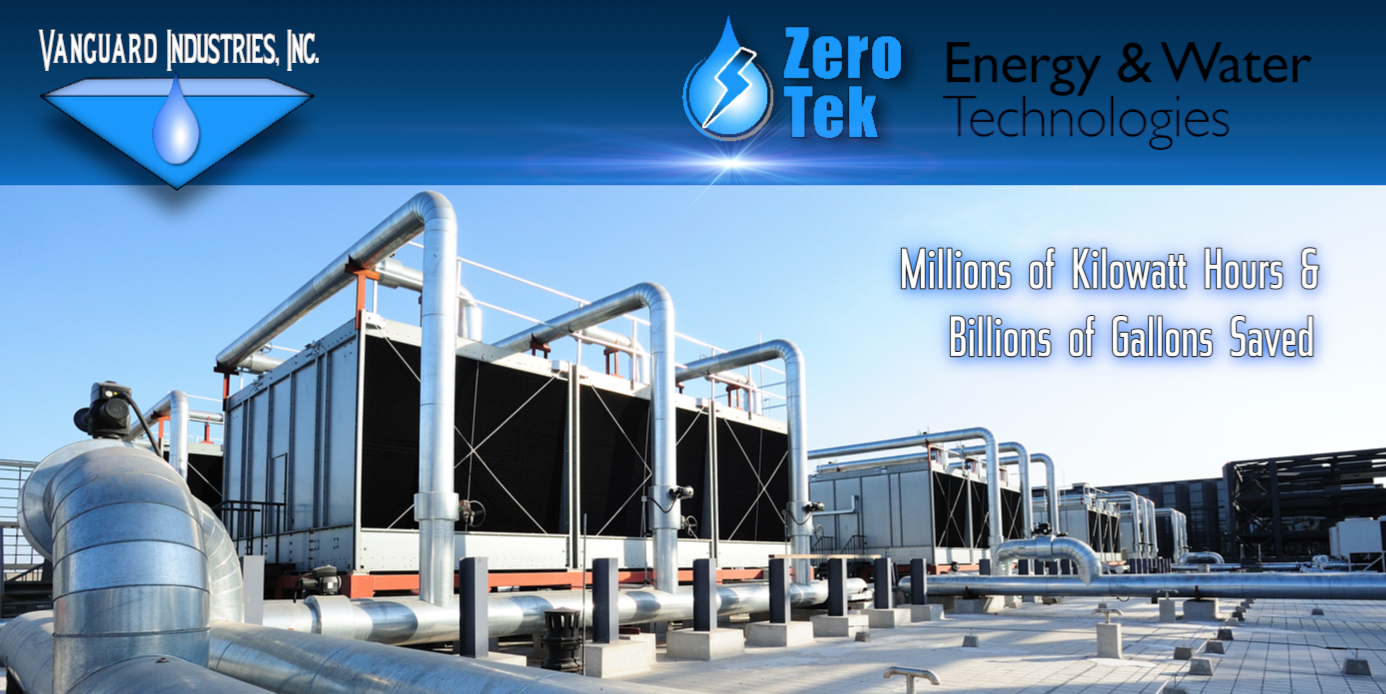Calcium Carbonate Scale Formation
Technical Memo
Issue 02/24/19
RE: Calcium Carbonate Scale Formation
One of the great myths of the water treatment industry is that calcium carbonate scale forms because the compound is inversely soluble; as the water becomes hotter the compound becomes less soluble. The plain fact is that calcium carbonate is basically insoluble at any temperature, at 20 C its solubility is 15 mg/l.
Calcium dissolved in water is associated with a number of common anions; sulfate, chloride, and bicarbonate. When associated with these anions, calcium is very soluble. However, the bicarbonate anion is not stable with respect to both heat and pressure as it is formed by solution of carbon dioxide gas in water. When the water is heated or pressure is reduced, the bicarbonate anion disassociates into carbon dioxide gas, which typically leaves water solution, carbonate ion, and water as shown by the following equation:
Ca(HCO3)2 + heat or reduced pressure → CaCO3↓ + CO2↑+ H2O Calcium bicarbonate has a solubility of 166,000 mg/l at 20 C, calcium carbonate
solubility is 15 mg/l, so the disassociation of the bicarbonate ion results in formation of insoluble calcium carbonate which precipitates forming scale or suspended particles.
It is difficult to predict exactly where, what form, and in what amount the precipitated calcium carbonate will appear in a cooling water system. Often times the hottest water in a system is also under pressure which prevents the carbon dioxide from leaving water solution. When pressure on the hot water is released, say at the top of a counter flow cooling tower, the carbon dioxide can then leave the water and calcium carbonate can form. Loss of carbon dioxide from the water takes some time so the precipitation occurs throughout the cooling tower fill and in various amounts, even within the cold water basin or downstream water cooled equipment.
Under saturated conditions, such as in a cycled cooling water, the calcium carbonate can precipitate as particles, calcite crystals, in the bulk water thus not forming the typical hard scale often found in poorly controlled or treated cooling water systems. Hard scale forms on surfaces which offer nucleation sites for calcium carbonate to crystallize on the surface.
Prepared by:
Timothy Keister, CWT FAIC
Chief Chemist
